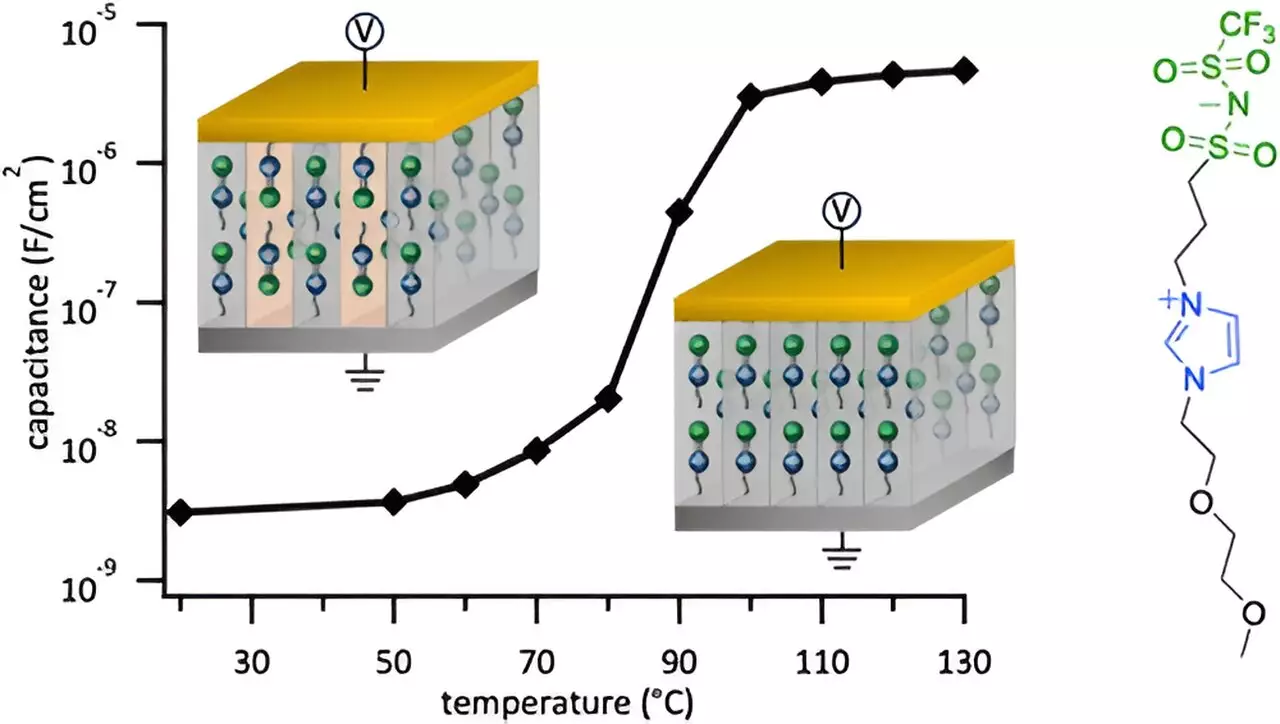

Imagine a world where everyday objects, such as milk cartons and fridges, could communicate with our smartphones and computers to enhance efficiency and reduce waste. This vision is becoming increasingly possible with the rise of printed electronics. This groundbreaking technology involves the creation of electronic circuits that are thin, flexible, and versatile. From solar cells for vehicle roofs to flexible displays on smartphones, printed electronics have the potential to revolutionize various industries.
Recently, a team of researchers from Simon Fraser University and the University of Saskatchewan made a significant breakthrough in the field of printed electronics. By utilizing the Canadian Light Source (CLS) at USask, the researchers developed a material that can store up to 1,000 times more charge than current forms of printed electronics. This remarkable advancement brings us one step closer to realizing the concept of the Internet of Things, where everyday objects are equipped with smart technology to enable seamless communication.
One of the key elements in enabling the Internet of Things is the development of advanced materials that can function in both positive and negative voltage modes. The material created by Loren Kaake, an associate professor in SFU’s Department of Chemistry, and his team, demonstrates exceptional performance in this regard. Kaake emphasized the commercial potential of their material, stating that it outperforms even the most cutting-edge materials currently available.
The researchers used the synchrotron light at the CLS to analyze the nanoscale structure of their material and identify ways to enhance its performance. By gaining a deeper understanding of the material’s properties, they were able to engineer it more effectively for future applications. The findings of the study were published in the journal ACS Applied Materials and Interfaces, showcasing the significance of their research in advancing the field of printed electronics.
Kaake envisions that printed electronics will enter the marketplace within the next seven years. As the industry continues to evolve, the development of new materials remains a crucial area of focus. The ability to create better materials opens up new possibilities and applications for printed electronics. With continued innovation and collaboration, the promise of a more connected and efficient future through printed electronics is within reach.
Rogue waves have long been a subject of fascination and terror in maritime lore. These…
As the world grapples with public health challenges, especially those posed by infectious diseases, the…
The Sombrero Galaxy, also known as Messier 104, embodies a breathtaking blend of spirals and…
In recent advances in quantum electronics, a groundbreaking discovery leveraging the concept of kink states…
In the intricate tapestry of nature, ice often exists in a delicate balance with liquid…
In an astonishing event that captured global attention, a rogue object from beyond our Solar…
This website uses cookies.